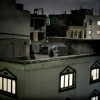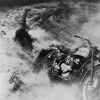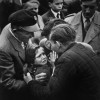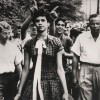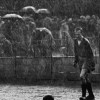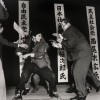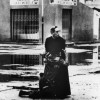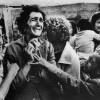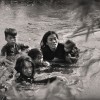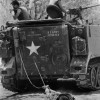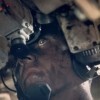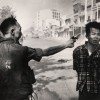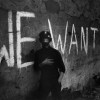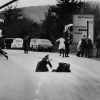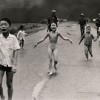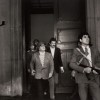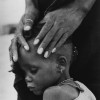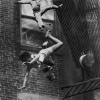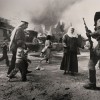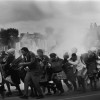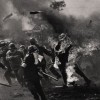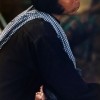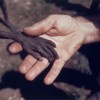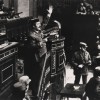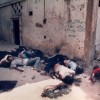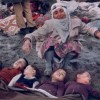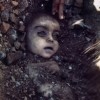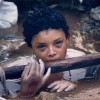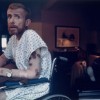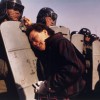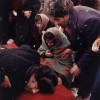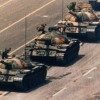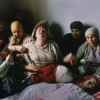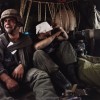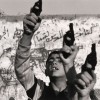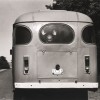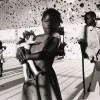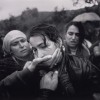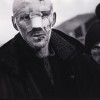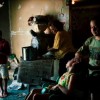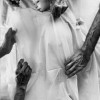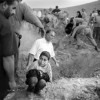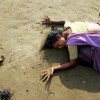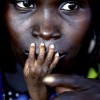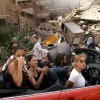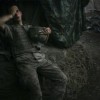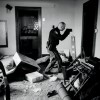07:48:pm 03/07/10 | Posted by Đàn Chim Việt
1976 – 1/1976, Beirut, Lebanon. Françoise Demulder, France, Gamma.
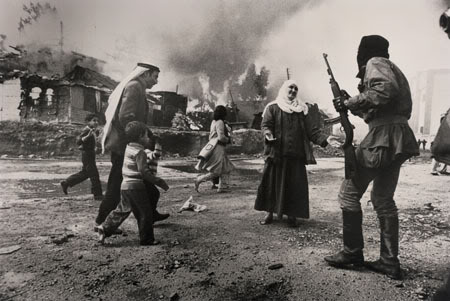
Phản hồi

Gần đây nhất
- Về sự kiện dựng tượng đài HCM bất thành tại nước Áo (13)
- Tuyệt: Đề nghị hay! Vừa ngồi...
- Donald Trump và cuộc chiến với Truyền Thông, Báo Chí (10)
- Ban Mai: Hi anh Felix, Dù bận...
- Ba nhà hoạt động bị đánh (3)
- Vũ Thịên Tâm: Một chế độ khốn...
- Báo chí Áo nói về HCM như một kẻ giết người (1)
- Tran Hau: Một con người khốn...
- “Sát thủ” Đoàn Thị Hương có thể đối mặt án tử hình? (3)
- UncleFox: Thưa đồng chí Tô Lâm,...
- Về quê, Tết muộn, năm Gà (3)
- loi truc: Tác giả Châu Quang có...
- Được làm vua, thua biểu tình! (35)
- Tudo.com: @thien vy: Bắn cái Củ...
- Cái nhìn về nước Mỹ và về thế giới của Donald Trump (39)
- Tudo.com: @tungphung: “Vậy...
- Vỉa hè xe máy (2)
- Lão Ngoan Đồng: Xin cứ noi gương...
- Đầu xuân nói chuyện chữ Tâm (1)
- Lão Ngoan Đồng: Tôi đang ở nước...
- Phan Châu Trinh – Barack Obama – Jonathan London (20)
- Lại Mạnh Cường: Cộng sản ở mọi...
- GM Hoàng Đức Oanh và biến cố Song Ngọc (3)
- MÕ: Cũng may làm thân phận Chuột...
- VN bắt 2 người phán tán clip ‘nói xấu lãnh đạo’
- Chòm sao sáng dẫn đường phong trào Dân chủ
- Báo chí Áo nói về HCM như một kẻ giết người
- Những người không có tự sự
- Hãy xuống đường cứu biển ngày 5 tháng 3
- “Sát thủ” Đoàn Thị Hương có thể đối mặt án tử hình?
- Ông Trump đào sâu hố chia cách giữa thế hệ lớn tuổi thủ cựu và giới trẻ phóng khoáng
- Ba nhà hoạt động bị đánh
- Đầu xuân nói chuyện chữ Tâm
- Ai mới đích thực là thủ phạm vụ án Kim Jong Nam?
- Về quê, Tết muộn, năm Gà
- Đất Nước Nhìn Từ Quán Nhậu Ba O Hà Tĩnh
- IPN và danh sách ‘điệp viên’ cộng sản
- Donald Trump và cuộc chiến với Truyền Thông, Báo Chí
- Vỉa hè xe máy
- Về sự kiện dựng tượng đài HCM bất thành tại nước Áo
- Di chúc của cha không bằng tờ giấy lộn
- Sau 68 năm Georges Orwell trở thành thời sự
- Thành phố Vienna ngưng xây tượng đài Hồ Chí Minh
- Nguyên do nhà văn Trần Hoài Dương bỏ Đảng
- GM Hoàng Đức Oanh và biến cố Song Ngọc
- Tưởng niệm liệt sỹ và nạn nhân cuộc chiến biên giới
- Cường quyền & nhân sĩ
Tìm trong ngày
| M | T | W | T | F | S | S |
|---|---|---|---|---|---|---|
| « Mar | ||||||
| 1 | 2 | 3 | 4 | 5 | 6 | |
| 7 | 8 | 9 | 10 | 11 | 12 | 13 |
| 14 | 15 | 16 | 17 | 18 | 19 | 20 |
| 21 | 22 | 23 | 24 | 25 | 26 | 27 |
| 28 | 29 | 30 | ||||
THẺ
ASEAN
biên giới Việt - Trung
biển Đông
Bầu cử Mỹ 2012
bầu Kiên
chiến tranh Việt Nam
chính trường Việt Nam
Chủ nghĩa Cộng sản
Chủ nghĩa Dân tộc
Chủ nghĩa Thực dân
Con đường Việt Nam
Cách mạng tháng Tám
công an
Dương Chí Dũng
Hoàng Khương
Hoàng Sa
Hà nội
Hồ Chí Minh
Kim Jong Nam
Kinh tế Việt Nam
Miến Điện
Mỹ
Nguyễn Phú Trọng
Nguyễn Tấn Dũng
Nguyễn Văn Bình
Người Việt tại Ba Lan
Người Việt tại Mỹ
Obama
Philipp Rösler
Phê và tự phê
Quan Làm Báo
Sài gòn
sửa hiến pháp
Terror in little Saigon
Thích Quảng Độ
Thế lực thù địch
Trung Quốc
Trương Tấn Sang
tôn giáo
tù nhân lương tâm
Tập Cận Bình
tử vong
Việt Nam
Võ Nguyên Giáp
Đảng CS VN







